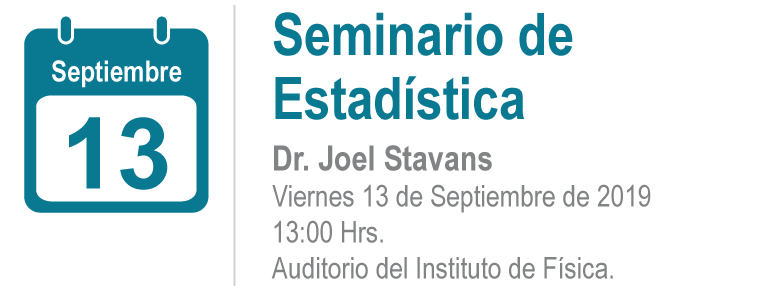
Abstract
Cells having the same genetic information can behave very differently,
due to inevitable stochastic fluctuations in gene expression, known as
noise. How do cells in multicellular organisms achieve high precision in
their developmental fate in the presence of noise, in order to reap the
benefits of division of labor? We address this fundamental question from
Systems Biology and Statistical Physics perspectives, with Anabaena
cyanobacterial filaments as a model system, one of the earliest examples
of multicellular organisms in Nature. These filaments can form
one-dimensional, nearly-regular patterns of cells of two types. The
developmental program uses tightly regulated, non-linear processes that
include activation, inhibition, and transport, in order to create
spatial and temporal patterns of gene expression that we can follow in
real time, at the level of individual cells. We study cellular
decisions, properties of the genetic network behind pattern formation,
and establish the spatial extent to which gene expression is correlated
along filaments. Motivated by our experimental results, I will show that
pattern formation in Anabaena can be described theoretically by a
minimal, three-component model that exhibits a deterministic,
diffusion-driven Turing instability in a small region of parameter
space. Furthermore, I will discuss how noise can enhance considerably
the robustness of the developmental program, by promoting the formation
of stochastic patterns in regions of parameter space for which
deterministic patterns do not form, suggesting a novel, much more robust
mechanism for pattern formation in this and other systems.










